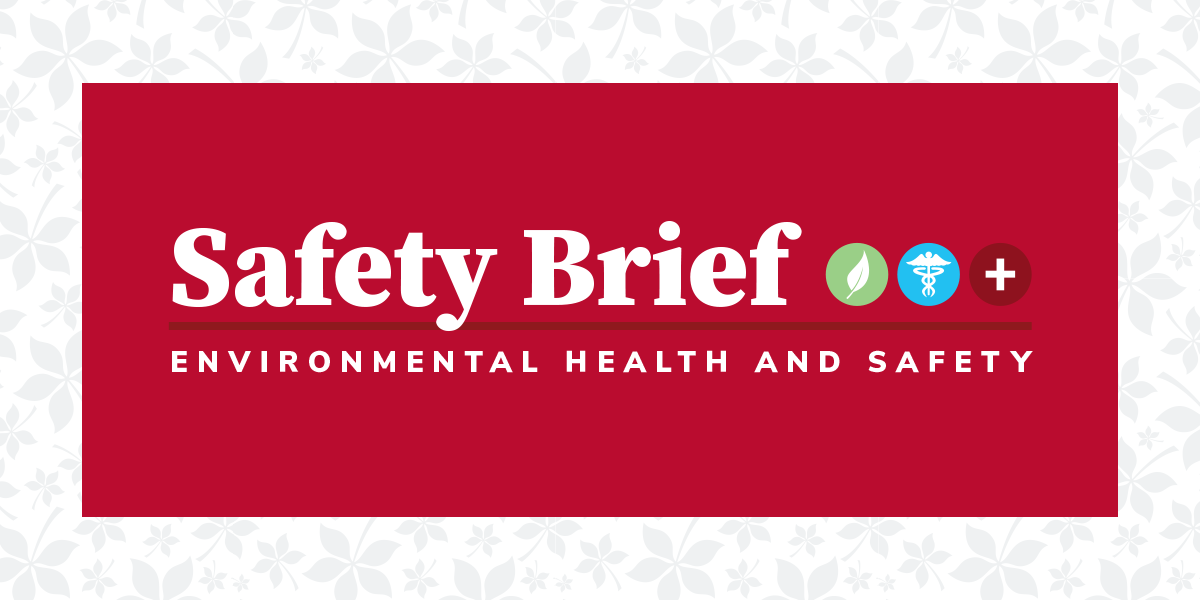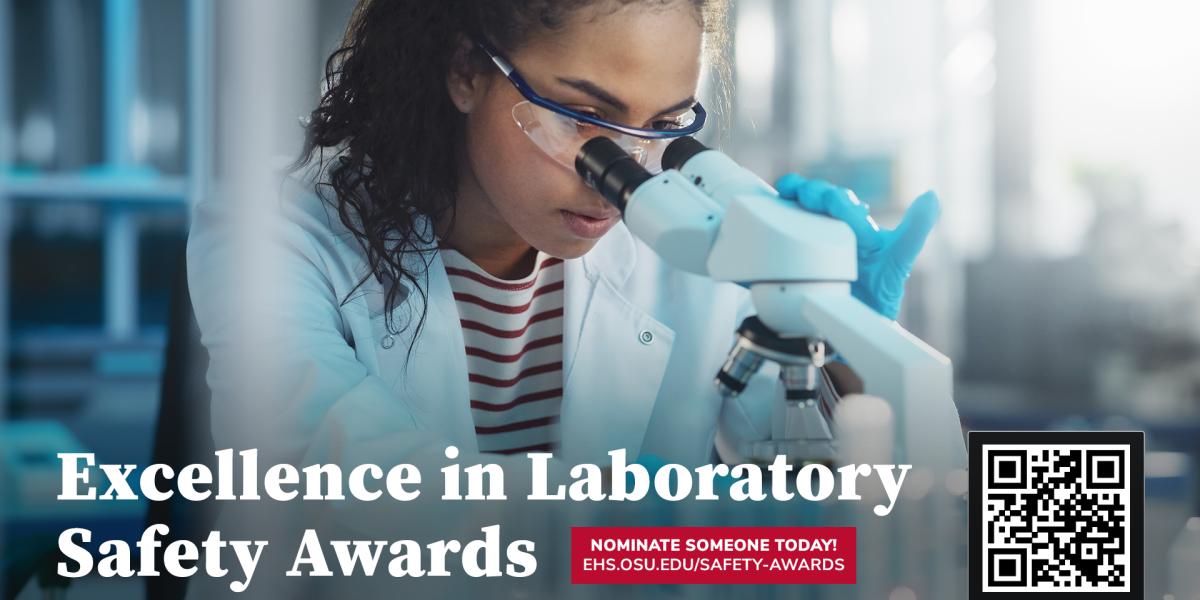Electrical Safety for Custodial Staff
Electrical safety is a fundamental aspect of custodial job duties, playing a crucial role in safeguarding both personnel and property. Custodial staff are frequently exposed to various electrical hazards while performing their duties. Understanding and adhering to electrical safety practices are essential to mitigate the risk of accidents and injuries.Electrical HazardsElectric ShockCustodial sta...



